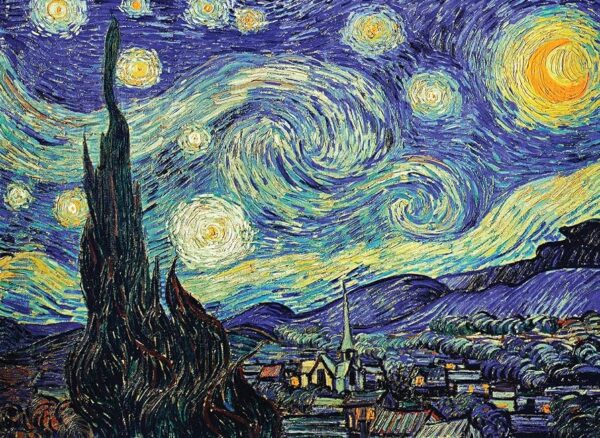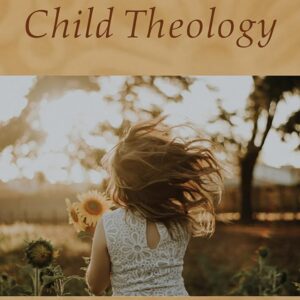If childlikeness were a country, it would have many border crossings.
Delving into one’s past, loving an actual child, reading old books—especially books we read and loved, or that were read to us, as children: these are just a few of the portals into the lost country. Another way is to revisit—in imagination—the Garden of Eden before the fall. For quite apart from the imputed innocence of Christian justification, all of us carry vestiges of the original innocence of our race. We distantly ‘remember,’ as it were, Adam’s thoughts as he came to himself on that first morning in Eden, and his feelings upon first setting eyes on Eve. Something of such ‘memories’ lives in those moments when we look upon another person with childlike wonder, or when we seem to see creation as if it had sprung into being just moments ago, the paint still fresh on trembling leaves and grasses, the stars like flaring matches just lit. As Mary Oliver put it, “Though Eden is lost, its loveliness remains in the heart and the imagination.” Think of Van Gogh’s “Starry Night,” or of the remarkable awakening that inspired the poetry of Walt Whitman, that “chanter of Adamic songs”:
As Adam early in the morning,
Walking forth from the bower refresh’d with sleep,
Behold me where I pass, hear my voice, approach,
Touch me, touch the palm of your hand to my body as I pass.
Was Adam an adult or a child when God breathed life into his nostrils? It matters not, for whoever he was, Adam was childlike, and our modern blood retains traces of this Edenic childlikeness. Indeed the New Testament carries hints of a return to Eden through faith: “Today you will be with Me in Paradise” (Lk 23:43); “To him who overcomes, I will give the right to eat from the tree of life, which is in the paradise of God” (Rev 2:7).
Just as we retain remnants of the Eden we never knew, so we recall an Eden we did know: our experience of first seeing the light and being born again. Indeed at the time when I became a Christian there was literally a beautiful garden just down the street—the grounds of an experimental farm featuring countless exotic varieties of trees and flowers—where I used to wander for hours, or simply sit and contemplate the glory of creation in the flush of my new-found faith. To this day, I return there in imagination to relive those golden days.
For the writers of the New Testament this time of conversion is another critical door into childlikeness, which they keep calling us back to:
Think of what you were when you were called. (1 Cor 1:26)
Remember those earlier days when you had received the light. (Heb 10:32)
You have forsaken your first love. Remember the height from which you have fallen! Repent and do the things you did at first. (Rev 2:4-5)
Why is our infancy in Christ so vital? We may as well question the significance of Christ’s infancy and why we celebrate Christmas! It’s because, as Wordsworth put it, “The Child is father of the Man.” It’s because this original season in our lives had sufficient power to remake us, to recreate our innocence, turning us from darkness to light as we beheld Christ for who He is and laid our hearts at His feet. What once affected us so powerfully retains its power to correct, to admonish, to inspire our present lives and to keep us on course. “Tell My brothers to go to Galilee,” said the risen Christ (Mt 28:10)—because Galilee is where they had first believed. Many today make pilgrimages to the Holy Land for this very reason, because there was lived the childhood of our faith.
• • • • •
The above essay, the fifth of seven parts, is excerpted from An Introduction to Child Theology, edited by James M. Houston, pp 220-29.
I’ve also written on the theme of childhood and childlikeness in my book The Mystery of Children: What Our Kids Teach Us About Childlike Faith, available as a free ebook on this site, or in paper from Amazon.






